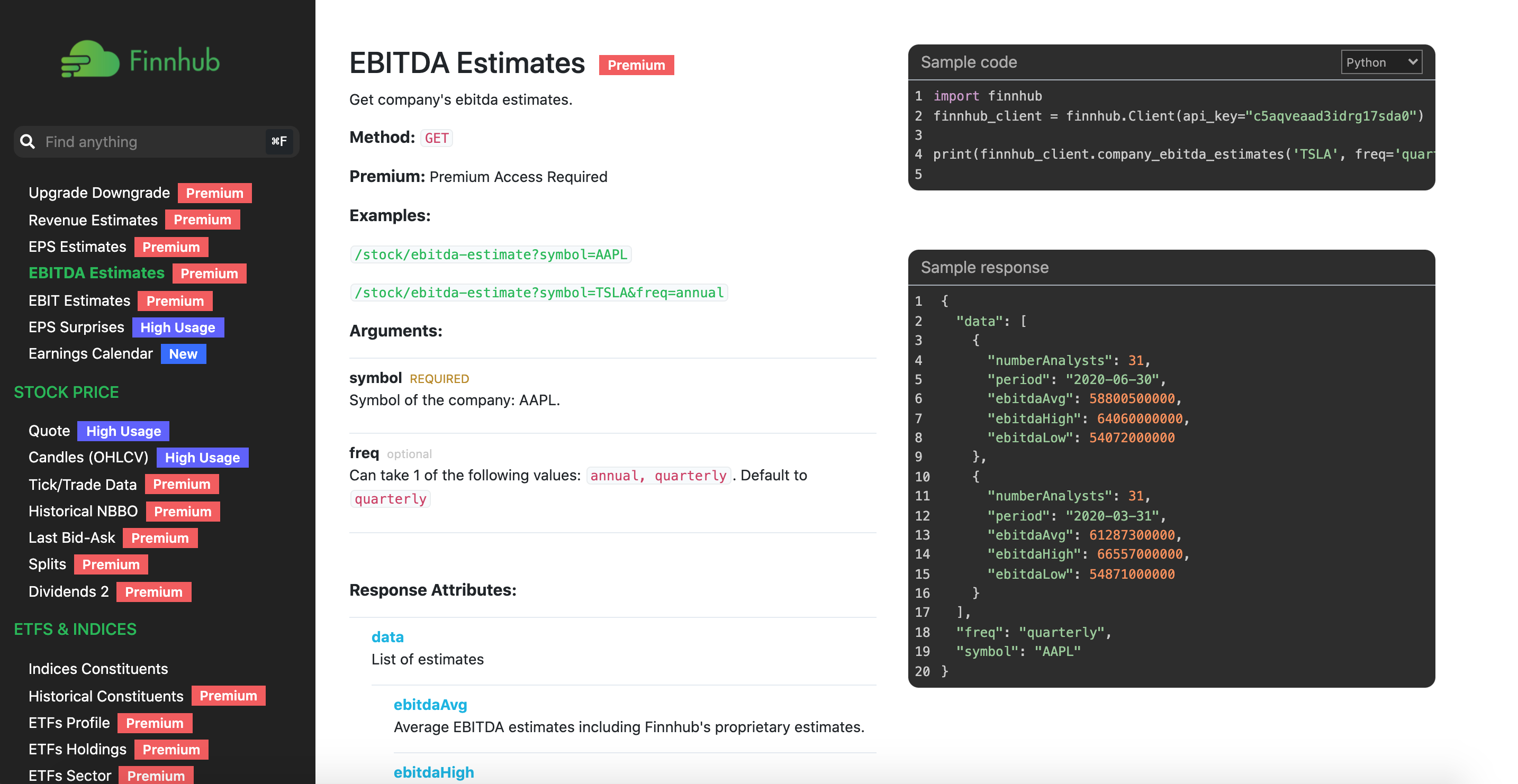7 Best Market Data Providers for Algorithmic Trading
- Alpha Vantage: Free tier with premium real-time data options
- IEX Cloud: Reliable US market data with transparent pricing
- Quandl: Alternative data and financial datasets
- Polygon.io: Real-time and historical market data APIs
- Finnhub: Global stock market and forex data
- Twelve Data: Comprehensive financial data API
- Yahoo Finance API: Popular free option for basic market data
Each provider offers unique advantages depending on your trading strategy, budget, and geographic focus. Consider factors like data coverage, API rate limits, historical data depth, and integration complexity when making your selection.



